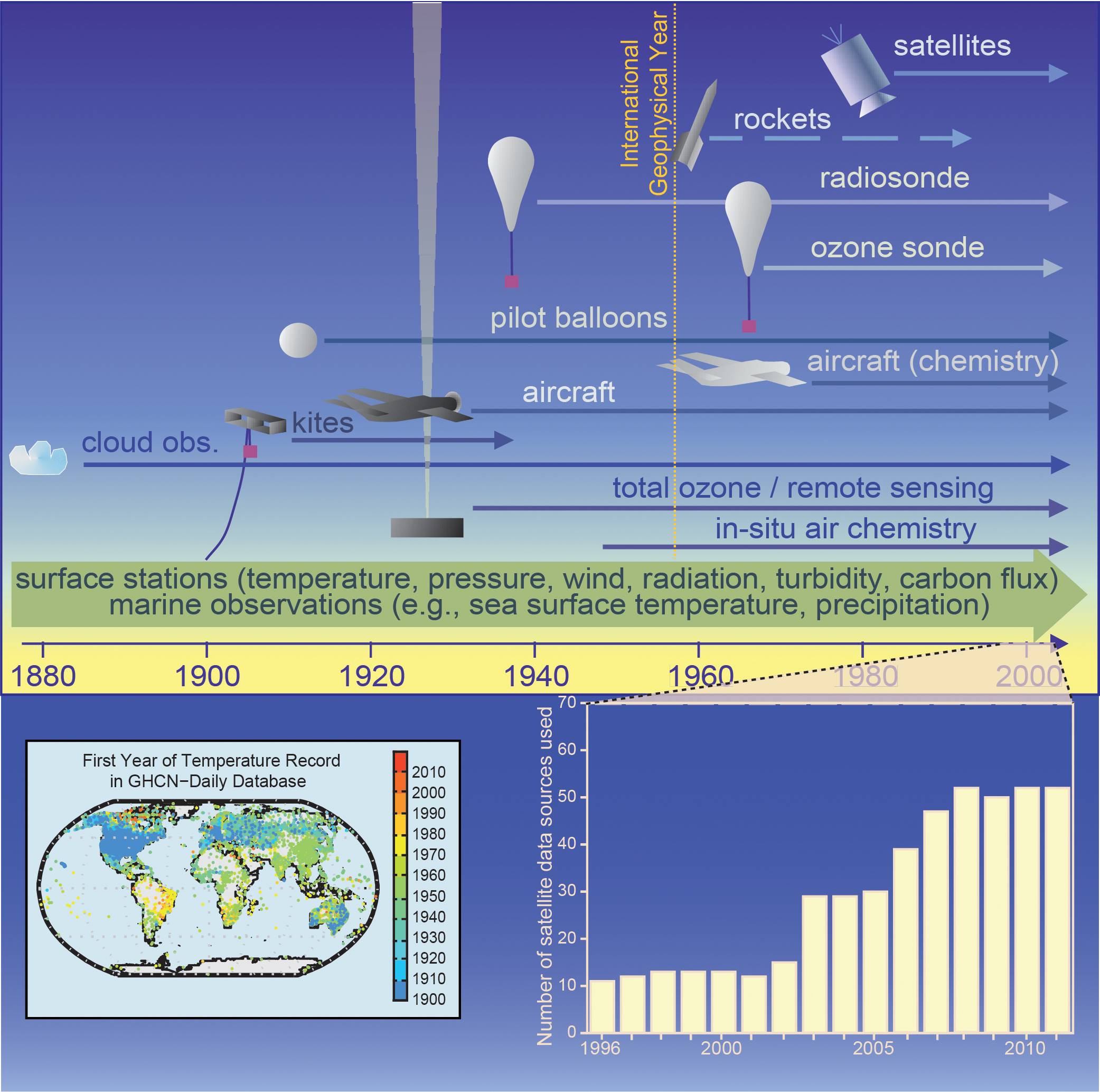Figure 1.12 from the IPCC AR5 WG1 report (reproduced below) illustrates the different instruments that have been used for weather forecasting.
Most of the methods have been in continuous use since their inception, except one: kites were used, but later disbanded.
Why is this so? This Monash university article from 1999 makes the point that they are superseded by radiosondes and aircraft. However, atmospheric measurements on aircraft are very expensive and mainly used for research as opposed to operational weather forecasting; and, unlike weather kites, they do not (normally) fly in the boundary layer¹. Radiosondes are only launched once or twice per 24 hours per location. Passive (operational) space-borne measurements have a lower vertical resolution, in particular near the boundary layer. I imagine that kites should provide a low-cost, high-resolution (both temporally and vertically) profile of the boundary layer. Why is it they are not really used operationally anymore?

Figure 1.12 | Development of capabilities of observations. Top: Changes in the mix and increasing diversity of observations over time create challenges for a consistent climate record (adapted from Brönnimann et al., 2008). Bottom left: First year of temperature data in Global Historical Climatology Network (GHCN) daily database (available at http://www.ncdc.noaa.gov/oa/climate/ghcn-daily/; Menne et al., 2012). Bottom right: Number of satellite instruments from which data have been assimilated in the European Centre for Medium-Range Weather Forecasts production streams for each year from 1996 to 2010. This figure is used as an example to demonstrate the fivefold increase in the usage of satellite data over this time period. Figure reference: Cubasch, U., D. Wuebbles, D. Chen, M.C. Facchini, D. Frame, N. Mahowald and J.-G. Winther, 2013: Introduction. In: Climate Change 2013: The Physical Science Basis. Contribution of Working Group I to the Fifth Assessment Report of the Intergovernmental Panel on Climate Change [Stocker, T.F., D. Qin, G.-K. Plattner, M. Tignor, S.K. Allen, J. Boschung, A. Nauels, Y. Xia, V. Bex and P.M. Midgley (eds.)]. Cambridge University Press, Cambridge, United Kingdom and New York, NY, USA.
¹Research aircraft sometimes do. Flying in a full-sized jet 20 metre above the ocean surface is an interesting experience!